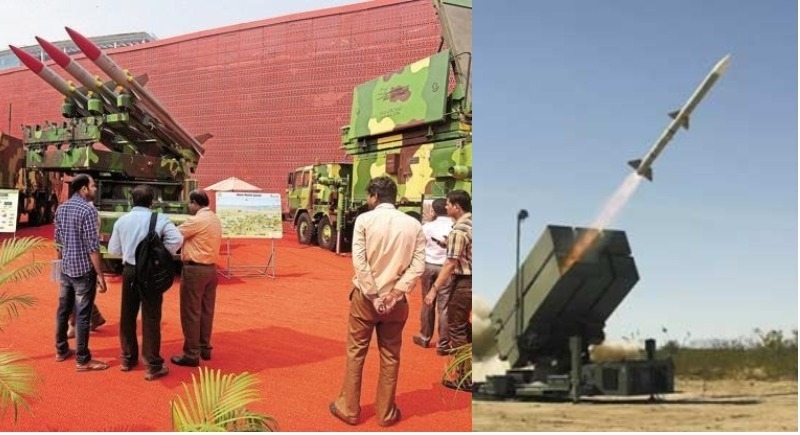Measures taken under ‘Make in India’ programme to promote indigenous design, development of defence and aerospace equipment: Read here
New Delhi, July 26: In a written reply to Lok Sabha on Wednesday, Raksha Rajya Mantri Dr Subhash Bhamrein listed the measures that have been taken under ‘Make in India’ programme to promote indigenous design, development and manufacture of defence and aerospace equipment in the country by harnessing the capabilities of the public and private sector.

These measures include:
- Defence Procurement Procedure (DPP) has been revised in 2016 wherein specific provisions have been introduced for stimulating the growth of the domestic defence industry.
- A new category of procurement ‘Buy {Indian-IDDM (Indigenously Designed, Developed and Manufactured)}’ has been introduced in DPP-2016 to promote indigenous design and development of defence equipment. It has been accorded top most priority for procurement of capital equipment. Besides this, preference has been accorded to ‘Buy (Indian)’ and ‘Buy and Make (Indian)’ categories of capital acquisition over ‘Buy (Global)’ & ‘Buy & Make (Global)’ categories.
- Government has notified the ‘Strategic Partnership (SP)’ Model which envisages the establishment of long-term strategic partnerships with Indian entities through a transparent and competitive process, wherein they would tie up with global Original Equipment Manufacturers (OEMs) to seek technology transfers to set up domestic manufacturing infrastructure and supply chains.
- The ‘Make’ Procedure has been simplified with provisions for funding of 90 % of development cost by the Government to Indian industry and reserving projects not exceeding development cost of Rs.10 Crore (Government funded) and Rs.3 Crore (Industry funded) for MSMEs.
- Separate procedure for ‘Make-II’ sub-category has been notified wherein a number of industry-friendly provisions such as relaxation of eligibility criterion, minimal documentation, provision for considering proposals suggested Suo-moto by industry/ individual etc., have been introduced.
- Foreign Direct Investment (FDI) Policy has been revised and under the revised policy, Foreign Investment up to 49% is allowed through automatic route and above 49% under Government route wherever it is likely to result in access to modern technology or for other reasons to be recorded.
- Industrial licensing regime for Indian manufacturers under IDR {Industries (Development and Regulation)} Act, 1951 has been liberalized and most of the components/ parts/ sub-systems have been taken out from the list of defence products requiring Industrial Licence. This has reduced entry barriers for new entrants in this sector, particularly SMEs. The initial validity of Industrial Licence under IDR Act, has been increased from 3 years to 15 years with a provision to further extend it by 3 years on a case to case basis.
- Offset guidelines have been made flexible by allowing change of Indian Offset Partners (IOPs) and offset components, even in signed contracts. Foreign Original Equipment Manufacturers (OEMs) are now not required to indicate the details of IOPs and products at the time of the signing of contracts. ‘Services’ as an avenue of discharge of offset have been reinstated.
- The process for export clearance has been streamlined and made transparent & online.
- Defence Investor Cell has been created in the Ministry to provide all necessary information including addressing queries related to investment opportunities, procedures and regulatory requirements for investment in the sector.
- In order to promote innovation in defence sector, iDEX (Innovations for Defence Excellence) scheme has been launched by the Government in April 2018.
In the Budget Speech of 2018-19, Government has announced setting up of two Defence Industrial Corridors for promoting defence manufacturing under ‘Make in India’ initiative of the Government. Subsequent to the announcement, Government has decided to set up two Defence Industrial Corridors, out of which one corridor is planned to be set up in State of Uttar Pradesh, spanning across Aligarh, Agra, Jhansi, Chitrakoot, Kanpur and Lucknow.